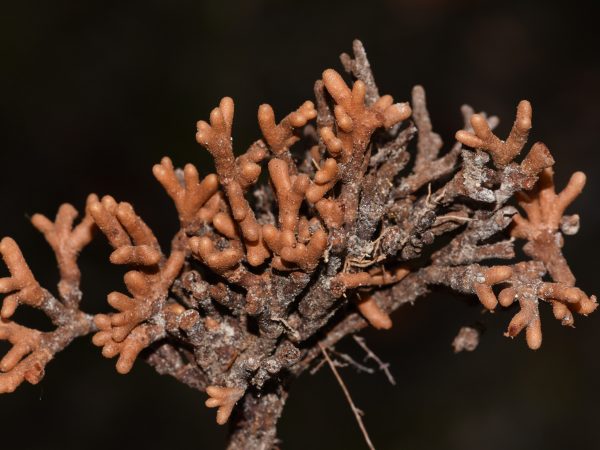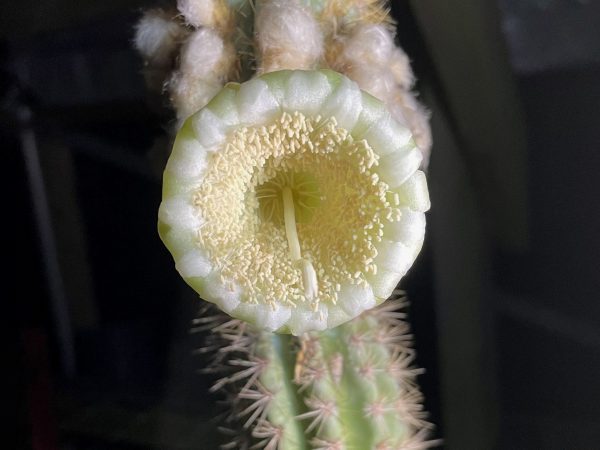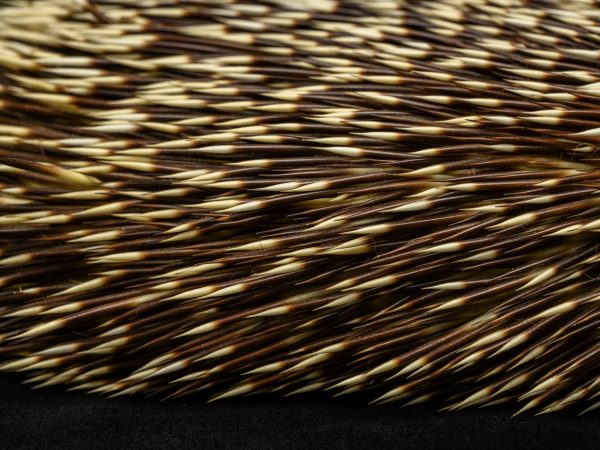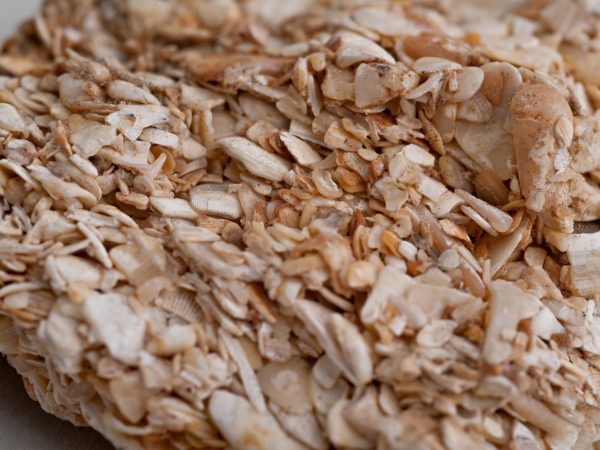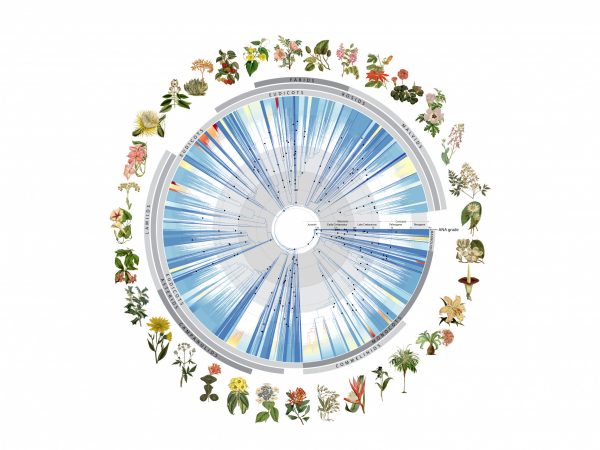Building a roadmap to bioengineer plants that produce their own nitrogen fertilizer
Nitrogen fertilizers make it possible to feed the world’s growing population, but they are also costly, harm ecosystems and require…
Read More
First local extinction in the U.S. due to sea level rise
The United States has lost its only stand of the massive Key Largo tree cactus in what researchers believe is…
Read More
Supercharged professional development helps educators talk climate change
In one of the first studies of its kind, researchers evaluated how a type of professional development, called train-the-trainer, could…
Read More
Three new extinct walnut species discovered in high Arctic mummified forest
In a new study, scientists describe three new, but long-extinct, walnut species on an island above the Arctic Circle. The…
Read More
Florida fossil porcupine solves a prickly dilemma 10-million years in the making
There’s a longstanding debate simmering among biologists who study porcupines. There are 16 porcupine species in Central and South America,…
Read More
Tiger beetles fight off bat attacks with ultrasonic mimicry
Bats, as the main predator of night-flying insects, create a selective pressure that has led many of their prey to…
Read More
Human activity is making it harder for scientists to interpret oceans’ past
New research shows human activity is significantly altering the ways in which marine organisms are preserved, with lasting effects that…
Read More
When scientists and K-12 teachers team up, the results can be spectacular or lackluster
The results of an in-depth review of published research on scientists conducting K-12 science, technology, engineering and mathematics (STEM) outreach…
Read More
Vast DNA tree of life for plants revealed by global science team
A new paper published today in the journal Nature by an international team of 279 scientists led by the Royal…
Read More
Bella moths use poison to attract mates. Scientists are closer to finding out how
Pyrrolizidine alkaloids are as bitter and toxic as they are hard to pronounce. They’re produced by several different types of…
Read More
